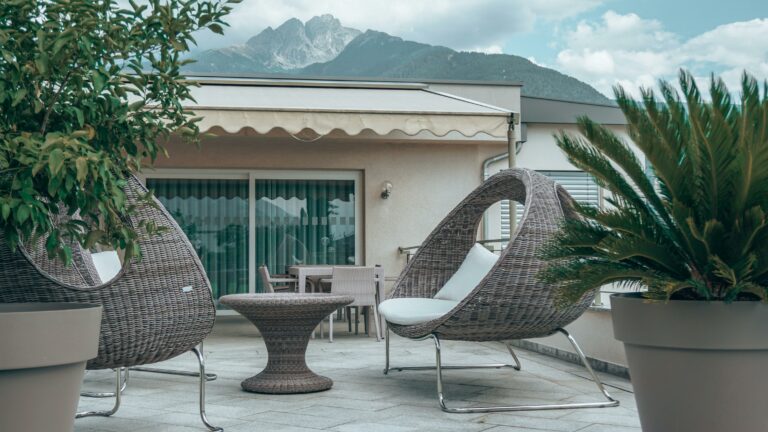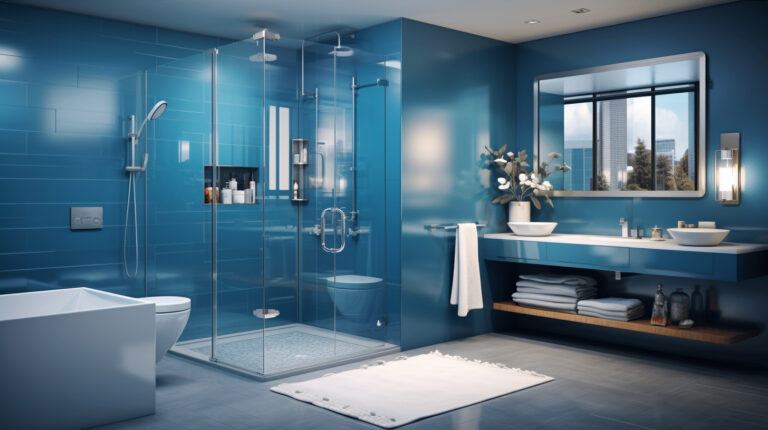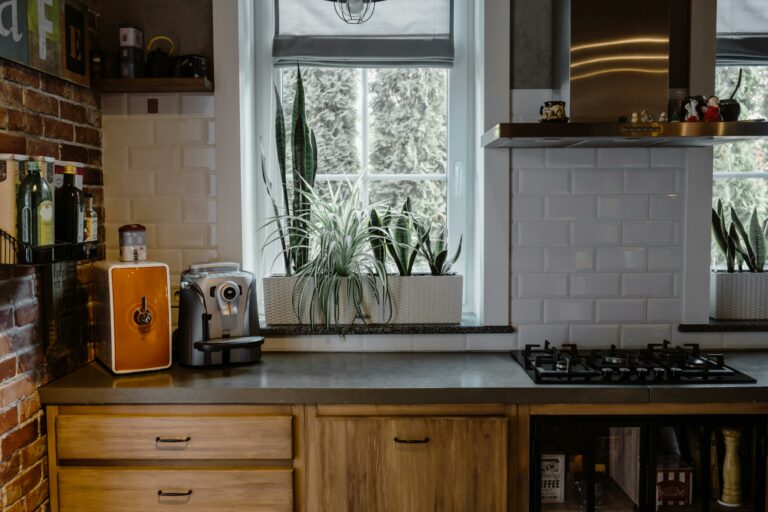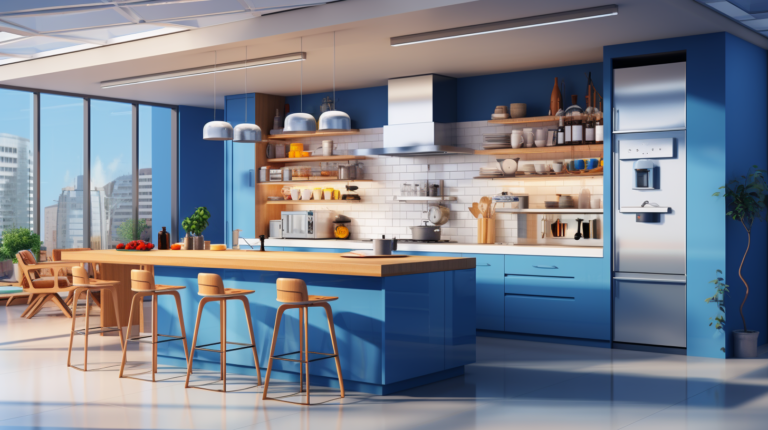Revamp Your Home: Unique Ideas for Home Improvement
Are you tired of the same old look and feel of your home? Do you crave a fresh and vibrant space that truly reflects your personality and style? It’s time to revamp your home with some unique ideas for home improvement.
Whether you’re looking to enhance your living space, create a more functional environment, or simply add a touch of luxury, this article will provide you with the inspiration and guidance you need. From expanding your outdoor living space to integrating smart home systems, we’ll explore a range of exciting unique ideas for home improvement that will transform your house into a home you love.
But before we dive into the details, let’s take a look at how to generate ideas and plan for your Unique Ideas for Home Improvement project. By following these initial steps, you’ll ensure that your vision becomes a reality, while still staying within your budget. So, let’s get started!
Table of Contents
Unique Ideas for Home Improvement
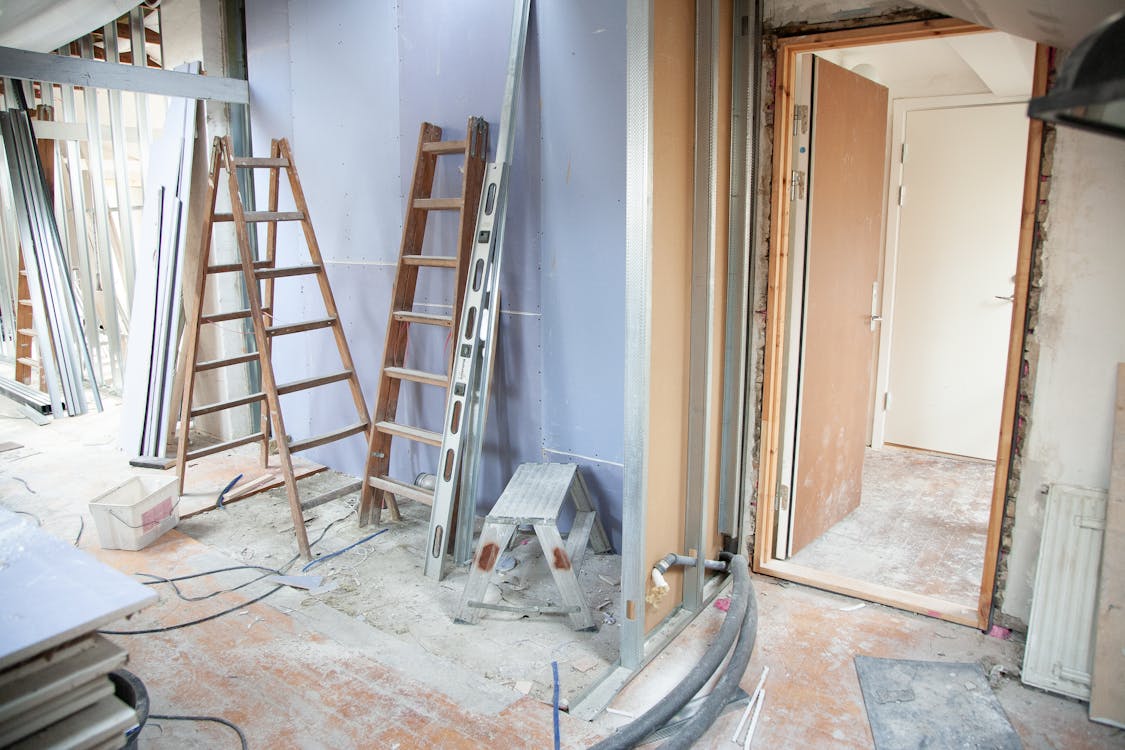
Are you feeling inspired to transform your home but don’t know where to start? The process of home improvement can be exciting yet overwhelming, especially when it comes to generating ideas. Luckily, there are several effective strategies you can use to jumpstart your creativity and find the perfect inspiration for your unique ideas for home improvement projects.
Visualizing Your Space
One of the first steps in generating unique ideas for home improvement is to take a closer look at your space and envision how you want it to look and feel. Here are a few tips to help you visualize your ideal space:
- Assess what’s working and what’s not: Take a walk through your home and make note of any aspects that you love and want to preserve, as well as areas that need improvement. Consider factors such as functionality, aesthetics, and overall comfort.
- Browse design magazines and websites: Look through home improvement magazines or browse online platforms that showcase interior design ideas. Pay attention to styles, color schemes, and layouts that resonate with you.
- Create a mood board: Gather images, samples, and swatches that represent your desired aesthetic. Creating a physical or digital mood board can help you see how different elements work together and narrow down your preferences.
Researching Current Unique Ideas for home improvement
Staying up to date with the latest unique ideas for home improvement can provide you with valuable inspiration and ideas. Here’s how you can research current trends:
- Follow design influencers and experts: Follow interior designers, influencers, and home improvement experts on social media platforms like Instagram and Pinterest. They often share their latest projects and offer valuable insights into emerging trends.
- Read home improvement blogs: Explore blogs dedicated to home improvement and interior design. These blogs often feature articles on the latest trends, tips, and DIY projects that you can incorporate into your own home.
- Visit home improvement expos and showrooms: Attend home improvement expos and visit local showrooms to see firsthand the latest products, materials, and design trends. This allows you to see how different elements come together and visualize how they could work in your own space.
Planning Within Budget
Before diving into any unique ideas for home improvement project, it’s crucial to establish a budget to guide your decision-making process. Here are some tips for planning your home improvement ideas within your budget:
- Research and compare prices: Take the time to research and compare prices for materials, furniture, and contractors. By doing so, you can find the best deals and make informed decisions that fit within your budget.
- Consider DIY options: Do-it-yourself projects can help you save money on labor costs. Identify aspects of the project that you can tackle on your own, whether it’s painting a room, installing new fixtures, or assembling furniture.
- Prioritize your projects: Make a list of all the improvements you want to make and prioritize them based on importance and budget. Start with projects that have the most significant impact on your overall satisfaction and work your way down the list as your budget allows.
Remember, generating unique ideas for home improvement is all about finding inspiration that aligns with your personal taste and budget. Take the time to explore different sources for ideas, visualize your ideal space, and plan your projects strategically. With the right approach, you’ll be on your way to transforming your home into a place that reflects your unique style and enhances your daily living.
Unique Ideas for Home Improvement Projects
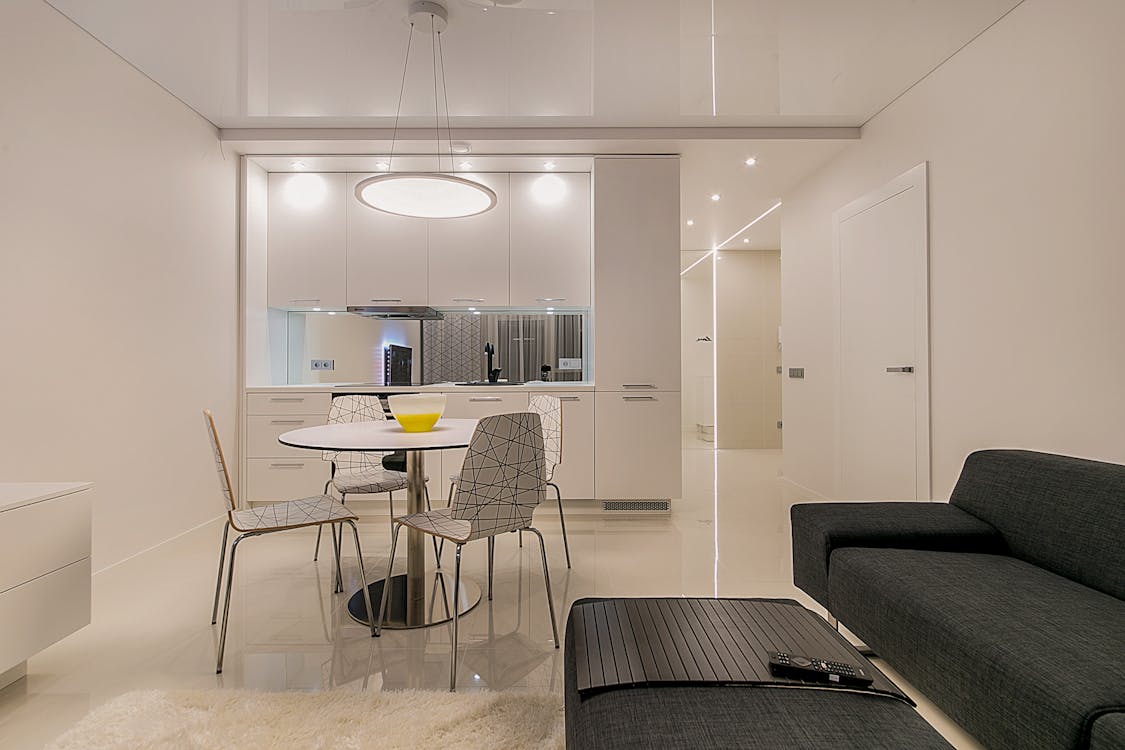
Are you looking to breathe new life into your home? Tired of the same old remodeling ideas? Look no further! In this article, we’ll explore unique ideas for home improvement project that will make your space stand out from the crowd. From expanding your outdoor living space to transforming your basement, we’ve got you covered.
Expanding Your Outdoor Living Space
You don’t have to be confined to the walls of your home. Take advantage of your outdoor space and create a truly inviting and functional area for relaxation and entertainment.
Here are a few ideas to consider:
- Build a deck or patio: A well-designed deck or patio can serve as an extension of your living space, providing the perfect spot for outdoor gatherings, barbecues, or simply enjoying a cup of coffee in the morning sun.
- Install an outdoor kitchen: Why not take your love for cooking outside? An outdoor kitchen allows you to prepare meals while enjoying the fresh air and sunshine. Plus, it’s a great way to entertain guests.
- Construct a pergola or gazebo: Add character and charm to your outdoor space by incorporating a pergola or gazebo. These structures not only provide shade but also create a focal point in your backyard.
Transforming Basements Into Multi-functional Spaces
Don’t let your basement go to waste as a storage space or laundry room. With a little creativity, you can turn it into a multi-functional area that adds value to your home.
Consider these ideas:
- Home theater: Create the ultimate cinematic experience by transforming your basement into a cozy home theater. Install a projector, surround sound system, and comfortable seating to enjoy movie nights with family and friends.
- Guest suite: Have frequent visitors? Turn your basement into a welcoming guest suite complete with a bedroom, bathroom, and cozy living area. Your guests will appreciate the privacy and comfort.
- Home gym: Save money on gym memberships by creating a home gym in your basement. Install rubber flooring, mirrors, and equipment to break a sweat without leaving the house.
Creating More Natural Light Sources
Brighten up your space by adding natural light sources. Not only will this create a more inviting and open atmosphere, but it can also have a positive impact on your mood.
Here are a few ideas on how to incorporate more natural light into your home:
- Skylights: Install skylights in rooms with limited windows to bring in more sunlight from above. They not only flood the room with natural light but also give you the opportunity to stargaze at night.
- Sun tunnels: If skylights aren’t an option, consider installing sun tunnels. These tubular skylights bring natural light from your roof into interior spaces, such as hallways and bathrooms.
- Glass doors and windows: Opt for glass doors and windows to maximize the amount of natural light entering your home. Choose designs with minimal framing to allow for unobstructed views and increased sunlight.
Adding Unique Architectural Details
Sometimes, it’s the smaller details that make a big impact. Enhance the character and charm of your home by incorporating unique architectural details.
Here are a few ideas to consider:
- Exposed brick walls: If you’re looking for an industrial or rustic aesthetic, consider exposing the brick walls in your home. This adds texture and visual interest to any room.
- Reclaimed wood accents: Bring a touch of nature indoors by incorporating reclaimed wood accents. From reclaimed wood beams to accent walls, these elements add warmth and character to your space.
- Stained glass windows: Create a stunning focal point by installing stained glass windows. Not only do they add color and beauty, but they also create a unique play of light and shadow within your home.
Transforming Indoor Spaces with Plants
Plants not only improve air quality but also bring a sense of tranquility and beauty into your home.
Here are a few ideas on how to incorporate plants into your indoor spaces:
- Vertical gardens: Don’t have space for a traditional garden? Create a vertical garden by installing planters or hanging baskets on your walls. This not only saves space but also adds a vibrant and lush element to your home.
- Indoor trees: Make a bold statement by incorporating indoor trees into your living spaces. From tall palms to sculptural ficus trees, these plants add height and drama to any room.
- Herb gardens: If you love to cook, why not have your own herb garden indoors? Install a small vertical herb garden in your kitchen or grow herbs in pots on your windowsill. This allows you to have fresh herbs at your fingertips for culinary creations.
Integrating Smart Home Systems
Make your home more efficient and convenient by integrating smart home systems. With today’s technology, you can control various aspects of your home with just a few taps on your smartphone.
Here are a few ideas to consider:
- Smart lighting: Install smart light bulbs or switches that can be controlled remotely. This allows you to adjust the brightness and color of your lights to suit your mood or schedule.
- Smart thermostats: Save energy and money by installing a smart thermostat. These devices learn your temperature preferences and adjust accordingly, leading to increased comfort and reduced energy consumption.
- Smart security systems: Keep your home safe and secure with a smart security system. From video doorbells to smart locks, these systems provide peace of mind by allowing you to monitor and control access to your home.
Embrace these unique ideas for home improvement to turn your house into a one-of-a-kind space that reflects your personality and style. From expanding your outdoor living space to transforming indoor rooms with plants, the possibilities are endless. Get creative and make your home truly stand out!
Effectively Planning Your Home Improvement Project
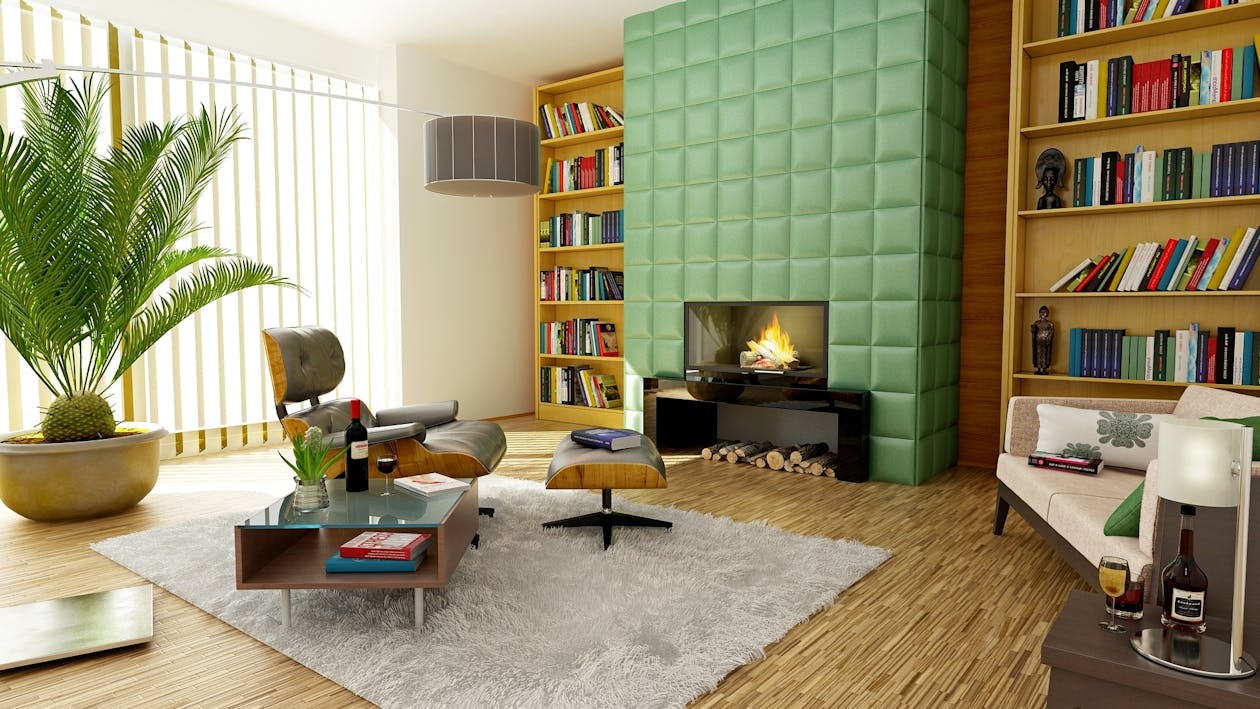
Home improvement projects can be exciting endeavors that transform your living space and add value to your home. However, without proper planning, these projects can quickly become overwhelming and chaotic. Establishing a clear plan is the key to achieving success and avoiding unnecessary stress. In this section, we will explore how to effectively plan your home improvement project by focusing on three essential elements: establishing a timeline, identifying necessary materials and costs, and deciding between DIY (do-it-yourself) and hiring professionals.
Establishing a Timeline
Setting a realistic timeline is crucial when planning a home improvement project. Without a clear schedule, the project can drag on longer than expected, causing inconvenience and frustration.
Here are a few tips to help you establish an effective timeline:
- Prioritize: Determine which tasks are the most critical and set deadlines for each one. By prioritizing tasks, you can ensure that essential elements of the project are completed on time.
- Break it down: Divide the project into smaller, manageable tasks. This will make it easier to allocate time and resources to each step and help you stay organized throughout the process.
- Consider external factors: Take into account any factors that could impact your project timeline, such as holidays, weather conditions, or any events that may disrupt your work. Adjust your schedule accordingly to minimize any potential delays.
By following these simple guidelines, you can create a realistic timeline that will keep your home improvement project on track.
Identifying Necessary Materials and Costs
Determining the materials and costs required for your home improvement project is another crucial step in the planning process. Knowing what you need and how much it will cost helps you stay within budget and avoid any surprises along the way.
Here’s how you can effectively identify necessary materials and costs:
- Research: Take the time to research the materials needed for your project. Compare prices from different suppliers to find the best deals and quality materials that fit your budget.
- Create a budget: Set a budget for your project and allocate funds to each aspect, such as materials, labor, permits, and any additional expenses that may arise. Make sure to leave some room for unexpected costs to accommodate any surprises.
- Consult professionals: If you’re unsure about the materials or costs involved, consult with professionals who can provide guidance and expertise. They can help you make informed decisions and ensure that you’re on the right track.
By carefully identifying necessary materials and costs, you can have a clear understanding of what to expect financially and prevent any major financial setbacks.
Deciding DIY vs. Hiring Professionals
One important decision you’ll need to make during the planning phase is whether to tackle the home improvement project yourself or hire professionals. While some projects are ideal for DIY enthusiasts, others may require the expertise and skills of professionals.
Consider the following factors when making this decision:
- Complexity: Assess the complexity of the project. If it involves specialized skills or knowledge that you don’t possess, hiring professionals may be the best option. However, if it’s a simple task that you feel confident in handling, DIY might be a more cost-effective choice.
- Time and resources: Evaluate your availability and resources. DIY projects can take longer if you have limited time to dedicate to them. Hiring professionals can save you time and ensure the project is completed efficiently.
- Safety concerns: Some projects come with safety risks. If there’s a potential risk of injury or if the project involves structural changes, it’s generally wise to hire professionals who have the necessary training and experience.
By carefully considering the complexity, time, resources, and safety concerns involved, you can make an informed decision whether to tackle the project yourself or hire professionals.
Planning your home improvement project effectively is vital to its success. By establishing a clear timeline, identifying necessary materials and costs, and deciding between DIY and hiring professionals, you can ensure a smooth and satisfying experience. With a well-thought-out plan in place, you’ll be one step closer to achieving your dream home transformation.
Executing Your Home Improvement Project
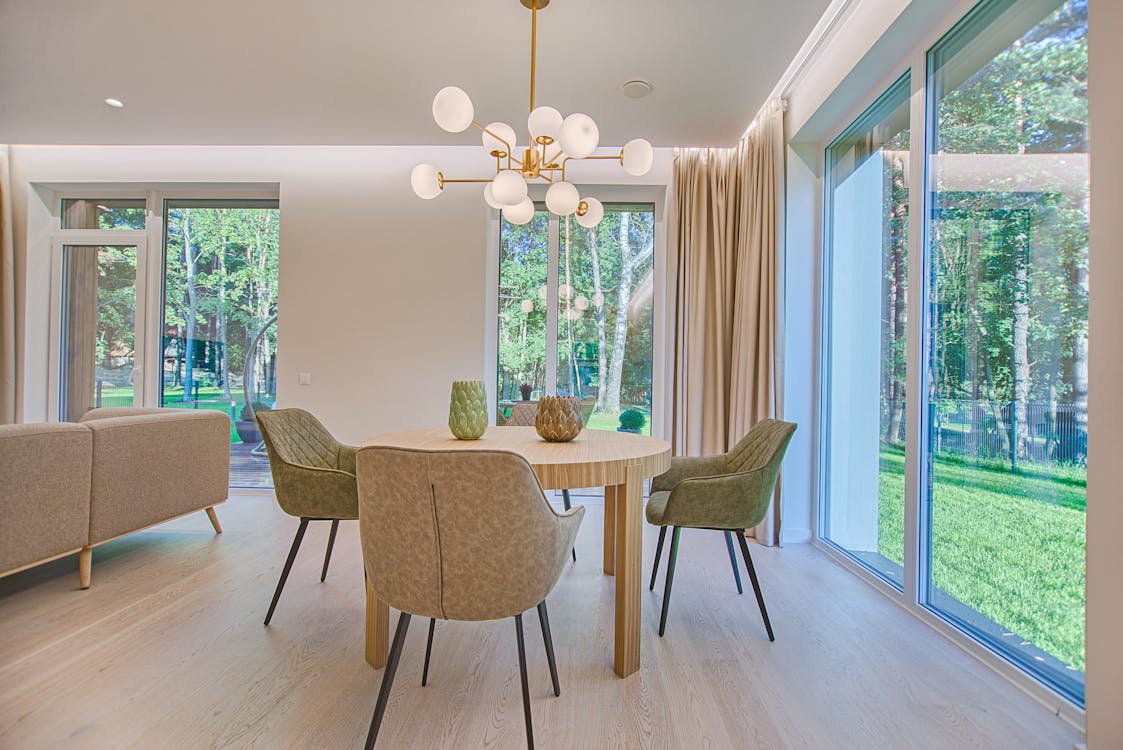
So, you’re ready to start your home improvement project? That’s fantastic! Whether you’re revamping your kitchen, remodeling your bathroom, or giving your living room a fresh new look, it’s an exciting undertaking. But before you dive headfirst into the project, it’s essential to have a plan in place and be prepared for the challenges that may come your way.
Starting the Project
When it comes to starting your home improvement project, there are several key steps to consider:
- Set Clear Goals: Determine what you want to achieve with your home improvement project. Do you want to increase your property’s value, create a more functional space, or simply update the aesthetics? Having a clear vision of your goals will guide your decision-making throughout the project.
- Create a Budget: It’s crucial to establish a realistic budget for your project. Consider the cost of materials, labor, and any unforeseen expenses that may arise. Setting a budget will help you stay on track and ensure you don’t overspend.
- Research and Plan: Take the time to research different styles, materials, and design options that align with your goals and budget. Create a detailed plan that outlines the scope of work, project timeline, and any necessary permits or inspections.
- Gather Necessary Tools and Supplies: Make a list of all the tools and supplies you’ll need for the project. Ensure you have everything on hand before you start to avoid delays and frustration.
- Start Small: If you’re new to home improvement projects, consider starting with smaller tasks before tackling more significant renovations. This allows you to gain experience and confidence in your skills.
Overcoming Common Challenges
Home improvement projects can be exciting, but they can also present challenges along the way. Here are a few common hurdles you may encounter and how to overcome them:
- Unforeseen Issues: It’s not uncommon to come across unexpected problems during a home improvement project, such as hidden water damage or outdated electrical wiring. Be prepared for these surprises by building some flexibility into your timeline and budget.
- Sourcing Materials: Finding the right materials for your project can sometimes be a challenge. Take the time to research reputable suppliers and compare prices to ensure you get the best quality at the most affordable price.
- DIY vs. Hiring Professionals: Deciding whether to tackle the project yourself or hire professionals depends on your skill level, budget, and available time. If you’re unsure about your abilities or the complexity of the project, it may be best to consult with a professional.
Adding Finishing Touches
As you near completion of your home improvement project, it’s time to add those finishing touches that will truly make the space pop:
- Paint and Wallpaper: Choosing the right paint colors or wallpaper patterns can transform any room. Consider the mood you want to create and select colors and patterns that enhance the overall design.
- Lighting: Proper lighting can make a world of difference in any space. Install ambient, task, and accent lighting to create a well-lit and inviting atmosphere.
- Décor and Accessories: Personalize your space with carefully selected décor and accessories. Think about adding artwork, plants, and statement pieces that reflect your style and interests.
Remember, executing a home improvement project requires careful planning, preparation, and perseverance. By setting clear goals, overcoming challenges, and adding those finishing touches, you’ll create a space that you can truly be proud of. Now, let’s get started on your project!
Maintaining Your Improved Home
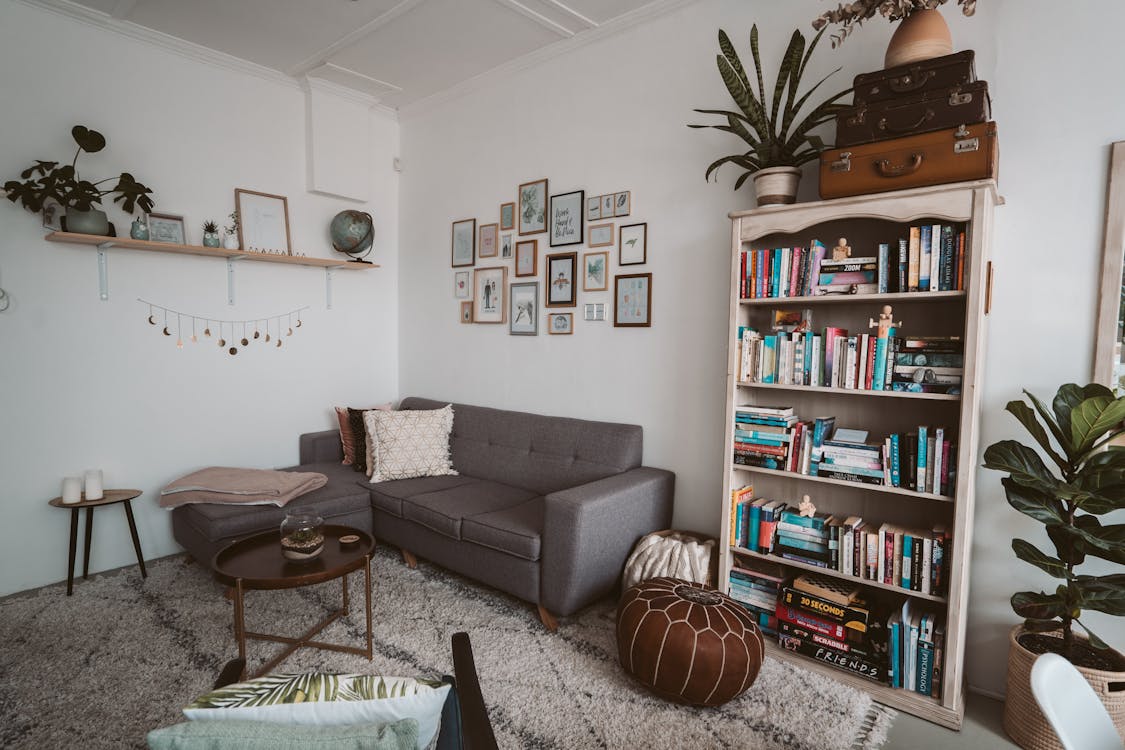
Once you’ve put in the time and effort to improve your home, it’s important to create a maintenance plan to ensure its longevity and continued beauty. Regular upkeep not only extends the lifespan of your home but also helps you avoid costly repairs down the line. In this section, we’ll explore three essential aspects of maintaining your improved home: regular cleaning schedules, addressing wear and tear, and updating and upkeeping home systems.
Regular Cleaning Schedules
Maintaining a clean and tidy home not only promotes a healthier living environment but also helps preserve the aesthetic appeal of your improvements. By sticking to a regular cleaning schedule, you can keep your home looking its best year-round. Here are a few tips to incorporate into your cleaning routine:
- Dust and vacuum regularly: Dust can accumulate quickly, especially in high-traffic areas. Regularly dusting surfaces and vacuuming carpets and upholstery helps prevent allergens from spreading and keeps your home looking fresh.
- Clean surfaces and appliances: Wipe down countertops, tables, and other surfaces regularly with a mild cleaning solution. Don’t forget to clean your appliances, both inside and out, to remove any build-up and ensure their optimal performance.
- Tackle one room at a time: Breaking down your cleaning tasks into manageable chunks can make the process less overwhelming. Focus on one room at a time to ensure a thorough clean without feeling burned out.
Addressing Home Wear and Tear
Over time, your home may experience wear and tear from everyday use. It’s essential to address these issues promptly to prevent them from worsening and causing more significant problems. Here are some common areas to keep an eye on and tips for addressing them:
- Fixing squeaky doors and floors: Squeaky doors and floors can be a nuisance, but luckily they’re often easy to fix. Apply lubricant to hinges and floorboards to reduce noise and keep them in good working condition.
- Repairing cracked or damaged walls: Small cracks in walls can be easily patched up using spackling paste and a putty knife. For larger or more severe damage, it may be necessary to consult a professional for repairs.
- Maintaining windows and doors: Check for any gaps or drafts around windows and doors and seal them to improve energy efficiency. Lubricate hinges and tracks to ensure smooth operation.
Updating and Upkeeping Home Systems
In addition to regular cleaning and addressing wear and tear, it’s crucial to stay on top of home systems to prevent any issues or breakdowns. Here are a few areas to focus on when updating and upkeeping your home systems:
- Heating and cooling systems: Schedule regular maintenance for your HVAC system to ensure optimal performance and energy efficiency. Change air filters regularly as well to maintain good indoor air quality.
- Plumbing and electrical systems: Keep an eye out for any leaks, drips, or electrical issues in your home. Address these problems promptly to prevent further damage and ensure the safety of your household.
- Gutters and drainage: Clean out gutters regularly to prevent blockages and ensure that rainwater is properly directed away from your home. This helps protect your foundation and prevents water damage.
By incorporating these maintenance tasks into your routine, you’ll be able to enjoy the fruits of your home improvement efforts for years to come. A little bit of regular care goes a long way in preserving your improved home’s beauty and functionality.
Read more: Explore further tips on home maintenance, and learn how to keep your home in top shape.
Conclusion
In conclusion, revamping your home can breathe new life into your living spaces and enhance your everyday experience. From expanding your outdoor living space to integrating smart home systems, there are countless unique ideas to explore when it comes to home improvement.
By visualizing your space, researching current trends, and planning within your budget, you can generate exciting ideas that align with your vision for a transformed home. Once you’ve established a timeline, identified necessary materials and costs, and decided whether to DIY or hire professionals, you can effectively plan and execute your home improvement project.
Remember to address common challenges, add finishing touches, and maintain your improved home through regular cleaning schedules and updating and upkeeping home systems. With dedication and creativity, you can create a home that reflects your style and meets your needs.
For more daily doses of architecture, home and interior design, and decoration ideas, visit Arkitecture Today. Get inspired and transform your living spaces today!
Frequently Asked Questions
- What are some unique ideas for home improvement?Some unique ideas for home improvement include: 1. Installing a living wall, 2. Creating a hidden room or secret storage space, 3. Incorporating smart home technology, 4. Adding a home theater or game room, and 5. Designing a backyard oasis.
- How can I revamp my home on a budget?To revamp your home on a budget, you can: 1. Paint or wallpaper your walls, 2. Rearrange furniture and accessories, 3. Install new lighting fixtures, 4. Add decorative mirrors, and 5. Freshen up your space with indoor plants.
- Are DIY home improvement projects advisable?DIY home improvement projects can be a great way to save money and add a personal touch to your home. However, it’s important to assess your skills, research and plan the project thoroughly, and prioritize safety. If in doubt, it’s recommended to consult a professional.
- What factors should I consider before starting a home improvement project?Before starting a home improvement project, consider factors such as your budget, timeline, desired outcome, necessary permits, and potential impact on your daily routine. It’s also important to assess whether you have the skills and resources to complete the project or if you’ll need to hire professionals.
- How do I find reliable contractors for home improvement projects?To find reliable contractors for home improvement projects, you can: 1. Ask for recommendations from friends or family, 2. Research and read reviews online, 3. Check for proper licensing and insurance, 4. Request quotes and compare them, and 5. Interview potential contractors to assess their expertise and communication skills.



